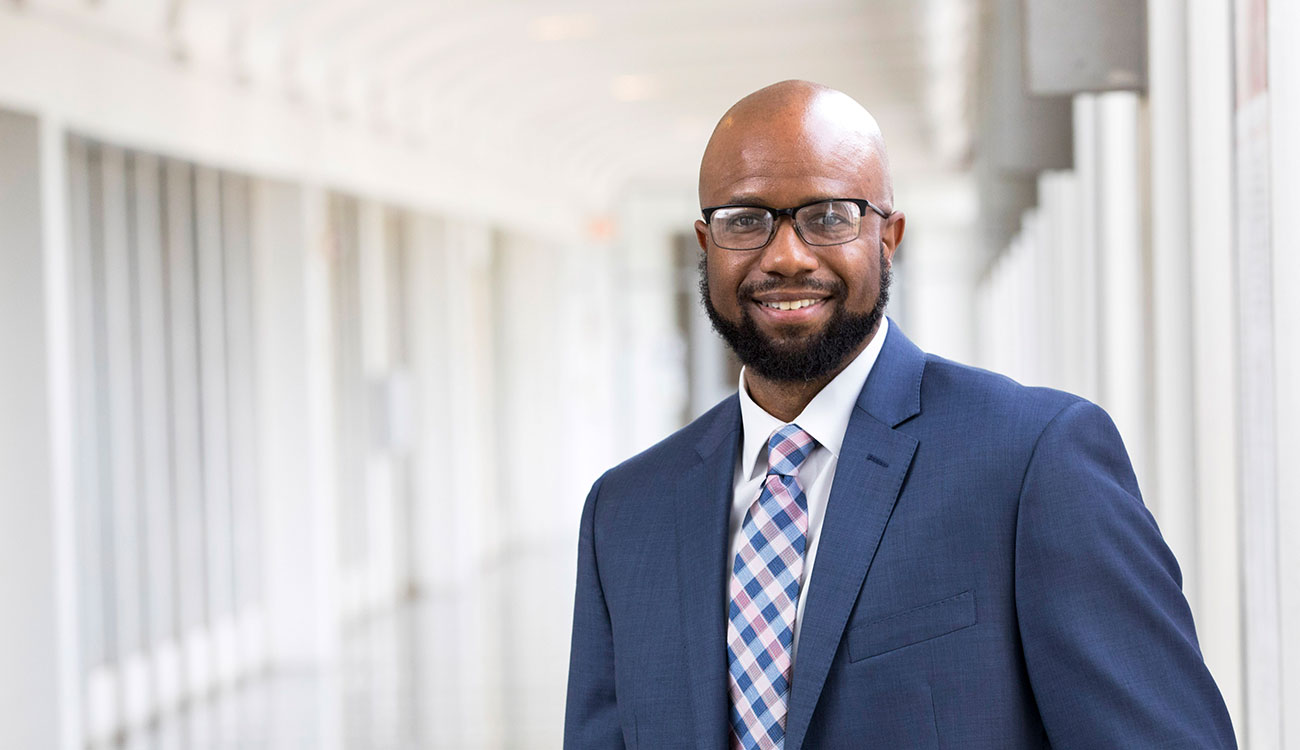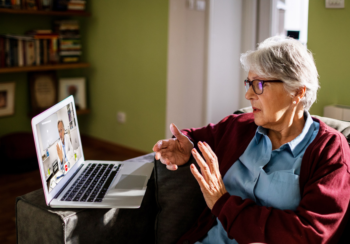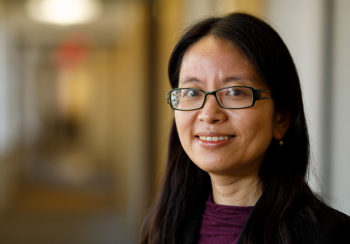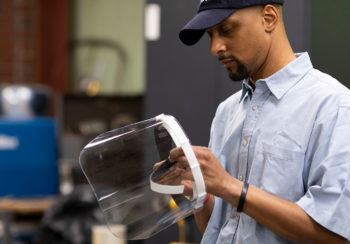As the COVID-19 pandemic has graphically illustrated, vast disparities still permeate the U.S. health care system. Though the level of discovery, invention and innovation in our medical system has arguably never been better, the same can’t be said for translating those advances into access and interventions for the vulnerable and underserved.
People classified as vulnerable or underserved typically receive fewer services because they face a host of economic, cultural or physical barriers that hinder their access to health care. The two categories are made up of people from racial and ethnic minorities, those from rural areas, and people with low income, as well as children and people who are older. Henry Young, department head and Kroger Associate Professor in the College of Pharmacy, has made it his life’s work to identify and help people overcome those barriers so that everyone in the U.S. can benefit from the country’s immense medical resources.
“I’m passionate and interested in not only how we identify these health disparities, but what can we do to address them and make health equity a reality?” said Young, who’s also co-director of the Integrating Special Populations program at the Georgia Clinical and Translational Sciences Alliance (Georgia CTSA), and director of Pharmaceutical Health, Services, Outcomes and Policy.
It’s not only the delivery of health care where the disparities lay, but also in research. Medicine isn’t a one-size-fits-all field, so an intervention that works for one group of people may not work for all. Yet, clinical trials often are conducted with a narrow population that differs biologically or in lifestyle from people who need the intervention.
Last year, Young and colleagues penned a piece in the New England Journal of Medicine about the lack of diversity in COVID trials. It’s a problem with real-world ramifications, considering that Black, Latinx and Native Americans are dying from COVID-19 at a higher rate than other people. Among the possible factors they cited was lack of diversity among principal investigators, along with hidden costs for participants like parking, meals and lodging.
Some factors are historical, said Young. Although it ended nearly 50 years ago, the infamous Tuskegee Syphilis Study, an experiment on Black men in which U.S. Public Health Service scientists lied to subjects, withholding knowledge and treatment of the disease, has had enduring effects.
“That’s long lasting, this inherent mistrust of the medical system,” said Young.
Other factors are pragmatic.
“Folks of lower socioeconomic status might have jobs that don’t allow them to take time off to participate in some of these trials,” added Young.
Yet, gaining people’s trust and making it easier for them to engage in clinical trials is essential to the nation’s health. It’s a complex problem, to be sure, but it’s an essential one for the country to solve.
Many medical professionals view health disparities as one of the top dangers facing the country today. To underline the importance of rectifying this, the U.S. Centers for Disease Control and Prevention this spring unveiled an effort to illuminate the public health threats that structural and interpersonal racism has on the health of Americans.
Other areas where health disparities exist lie in people’s access to services and preventive measures, like health screenings and management of chronic diseases such as asthma and diabetes. One of Young’s projects is trying to understand and overcome the factors behind some patients’ difficulty in adhering to treatment protocols. One stumbling block is related to patients not understanding how to use the medication they’re prescribed.
“Some patients may not know the difference between asthma rescue inhalers and maintenance inhalers,” said Young. “For example, they may not take their maintenance medication because they don’t feel an immediate effect from it, but they know to take their rescue medication when they’re feeling bad. So we need to educate folks about taking their maintenance medication so they can feel better and don’t have to take their rescue inhaler.”
Young has conducted several studies seeking to identify barriers that prevent people from taking their medication.
“Different people have different barriers,” he said. “We need to develop a model where we help to spot those root causes and help patients develop strategies that work for them.”
A particularly challenging barrier is that people who work long hours and have limited transportation have a hard time making time to see the doctor. They sometimes don’t understand when they need to. So, Young built a partnership with churches in rural African-American communities, working with them to set up telehealth sites that allow people to fit medical care into their weekly routines.
All of these connections he makes with communities spur further connections and inroads. While Young was working with the churches, the pastors asked for help understanding when and how they could safely open during the pandemic. So he and the Georgia CTSA set up a Zoom webinar to educate them.
These partnerships allow Young and his colleagues to reach a far more significant number of people than any one would be able to alone. For a few years, he and his team at the Georgia CTSA have collaborated with the Southwest Georgia Area Health Education Center and their Pathway to Med School program, which aims to help increase the number of primary care physicians in southwest Georgia. As part of the research component, he and the students studied some of the lesser-known effects of the pandemic, such as people putting off preventive care, the ramifications of which can lead to undetected disease and the worsening of chronic conditions.
Whether he’s working with patients, pharmacists or physicians, Young said he strives to help people make the connections between their health and that of their families and community. And he aims to help the policymakers see that the nation can only be as healthy as the people in it, so they will produce policies to bring high-quality access to health care and health information to everyone.
Once a disparity or a health problem “becomes a problem that’s affecting us and us together versus just them, we can make some advances toward the greater good for everybody,” he said. “At the end of the day, I want to help close that gap between the haves and the have nots around health and well-being.”






